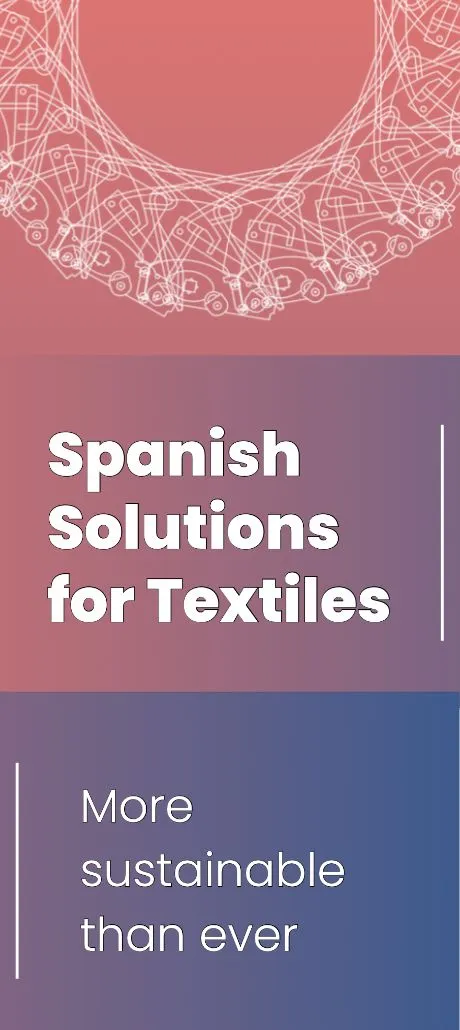As part of a sweeping new trade policy unveiled by President Donald Trump, Kenya, Ghana, and Ethiopia will face some of the lowest tariffs globally, with a 10% levy on goods exported to the United States. The announcement marks a significant development in Trump’s broader push to reshape global trade and revive domestic manufacturing.
While the 10% tariff applies to most countries, several African nations have been hit with significantly higher rates. Lesotho faces a 50% tariff, followed by Madagascar at 47%, Botswana at 37%, Angola at 32%, and South Africa at 30%.
The new tariffs will take effect in two phases: the 10% baseline tariff will begin on April 5, while reciprocal tariffs—such as a 14% duty on goods from Nigeria—will follow on April 9. Trump described the policy as a historic shift in America’s trade strategy: “April 2, 2025, will forever be remembered as the day American industry was reborn,” he declared during his address.
The move introduces economic uncertainty for developing nations, particularly in Africa, which are already facing headwinds from slowing global demand and domestic economic challenges. While countries like Kenya, Ghana, and Ethiopia benefit from the lowest rate, the broader implications of the policy—including its impact on the African Growth and Opportunity Act (AGOA)—are raising concerns across the continent.
AGOA, which provides duty-free access to the U.S. market for 32 sub-Saharan African countries, is set to expire in September 2025. Its future is now in question amid shifting U.S. trade dynamics. In 2024, AGOA-covered exports totaled $11.6 billion, with key beneficiaries including South Africa (vehicle parts), Nigeria and Angola (petroleum), and Kenya, Lesotho, and Tanzania (textiles and apparel).
As African exporters brace for the new tariffs, policymakers across the continent are closely monitoring the ripple effects on trade volumes, investment, and the future of AGOA.































